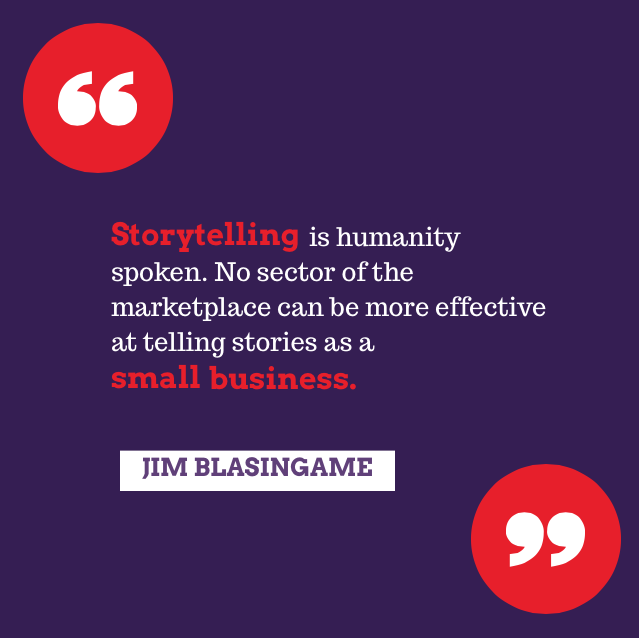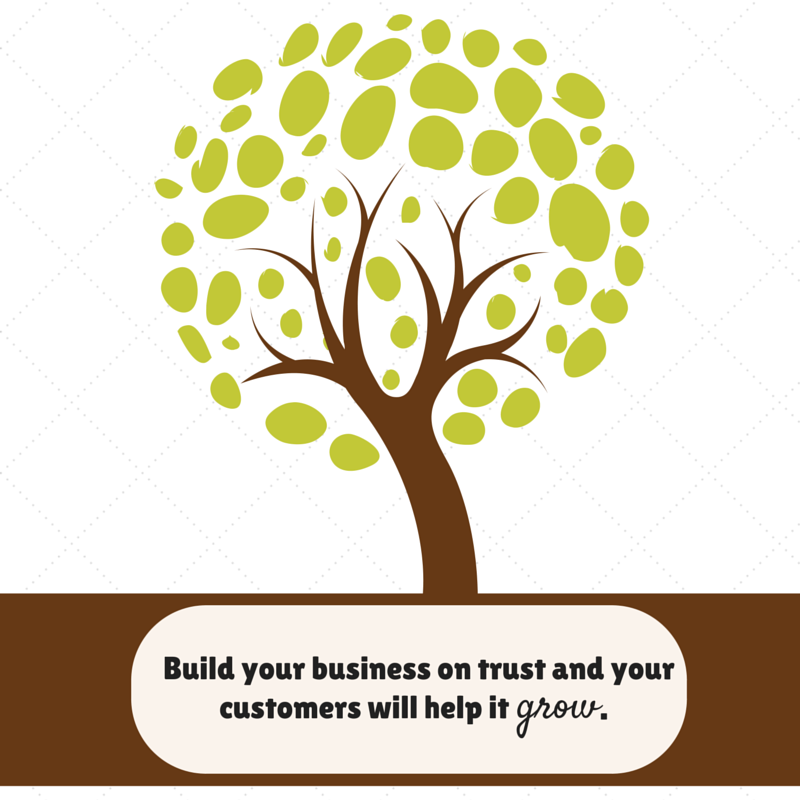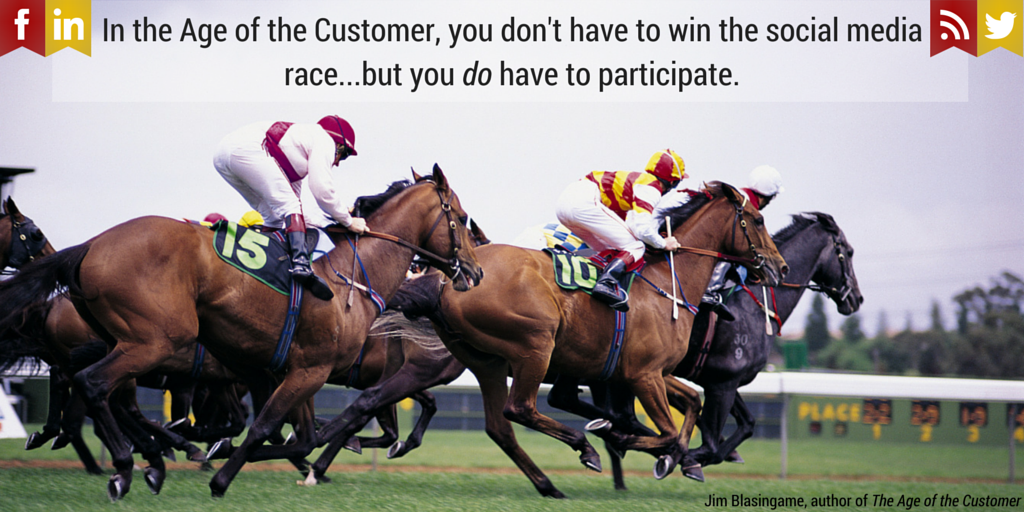Small business owners know all about that metaphorical business reptile — the ubiquitous alligator. They seem to pop up everywhere, continuously eating away at business performance and impeding work-life balance.
Best-selling author and friend, Marc Allen, introduced me to a way to minimize the impact of alligators. When he has a difficult challenge, he has “a word with himself” as follows:
“I will deal with this problem in an easy and relaxed manner, in a healthy and positive way.”
Clear your mind of other issues except the alligator at hand: negative cash flow, lost customer, etc. Close your eyes, breathe deeply and repeat after Marc with emphasis on the key words: easy, relaxed, healthy and positive. I found that saying it out loud seems to improve focus; perhaps hearing the words make them sink in better.
This affirmation is also a great way to start the day and fits right into a prayer.
As the CEO of your business, it’s your job to deal with business alligators because they don’t go away on their own. If your enterprise is to survive, let alone flourish, you have to deal with each alligator that pops up. To paraphrase Rudyard Kipling, your business’s sustainability and organizational effectiveness depends on the ability to keep your head when all around alligators are trying to take it off.
To keep your head and at least stay even with the alligators you must do three things. This first two we’ve talked about in the past: show up every day and practice operating fundamentals.
The third thing is something even the most capable and professional manager benefits from: positive self-talk. For example, before you go best-two-falls-out-of-three with the next alligator, remember: easy, relaxed, healthy, positive.
Positive self-talk is important for your spirit — you know, the force that drives your protoplasm around. You probably take good care of your body: healthy diet, exercise, all that. But are you feeding your spirit?
Business alligators love a malnourished spirit; it’s their favorite food and they’re voracious eaters. But a well-nourished spirit reduces the size of alligators, which contributes to success. And a strong spirit is a confident spirit, and alligators hate the taste of confidence.
Confidence comes with experience, which you get by showing up every day, practicing the fundamentals, and using positive self-talk to remind yourself that you have the right to feel confident.
It takes more than positive self-talk to slay an alligator, but it will minimize an alligator’s impact.
Write this on a rock … Repeat after Marc: Easy . . . relaxed . . . healthy . . . positive.
Jim Blasingame is the author of the award-winning book, “The Age of the Customer: Prepare for the Moment of Relevance.”






 4. Marketplace
4. Marketplace





